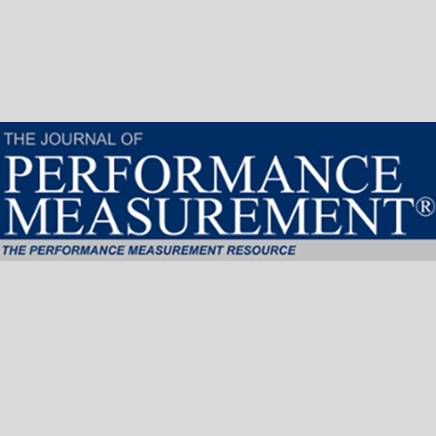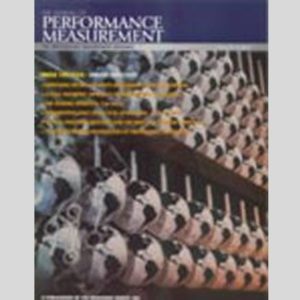Geometric Attribution and the Interaction Effect
$25
In this paper, we show that, despite this belief, an interaction effect does arise when the BKT method is directly derived from the arithmetic Brinson and Fachler (BF) method.
Geometric Attribution and the Interaction Effect
Arno E. Weber, CIPM
It is often assumed by practitioners in the field of investment performance attribution that the geometric attribution method developed by Burnie, Knowles and Teder (BKT) is interaction-free. That is, the method explains excess return by allocation and selection effects, without the need for an interaction effect. In this paper, we show that, despite this belief, an interaction effect does arise when the BKT method is directly derived from the arithmetic Brinson and Fachler (BF) method. We present this derivation, offering a variant of the BKT method which features an interaction effect and, in line with BF, a selection effect which is independent of the allocation decisions (and
vice versa). Finally, we show that in the newly introduced BKT variant, an interaction effect does not only occur within each individual market segment, but also between segments. This results in an additional cross-segment interaction effect, which is not present in the arithmetic BF method.




